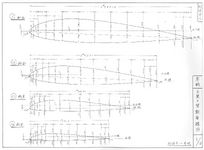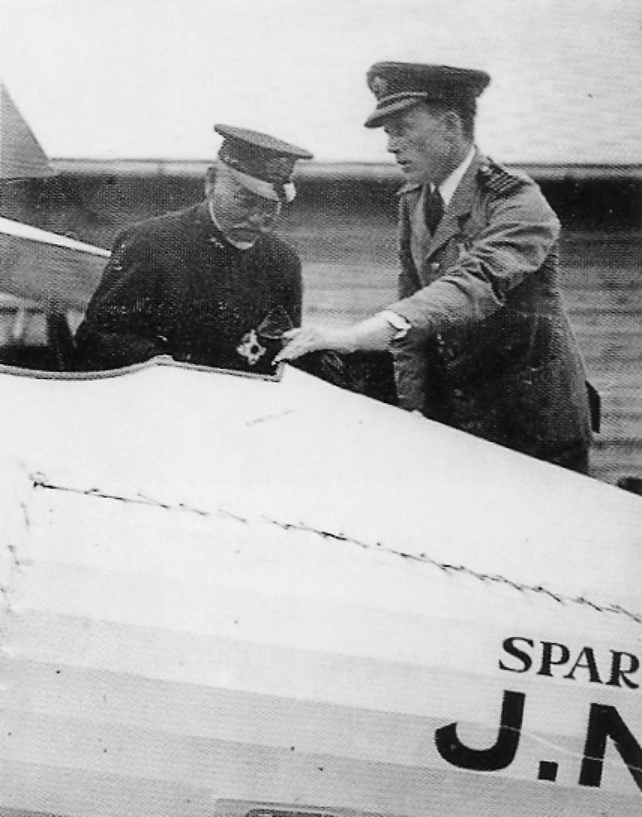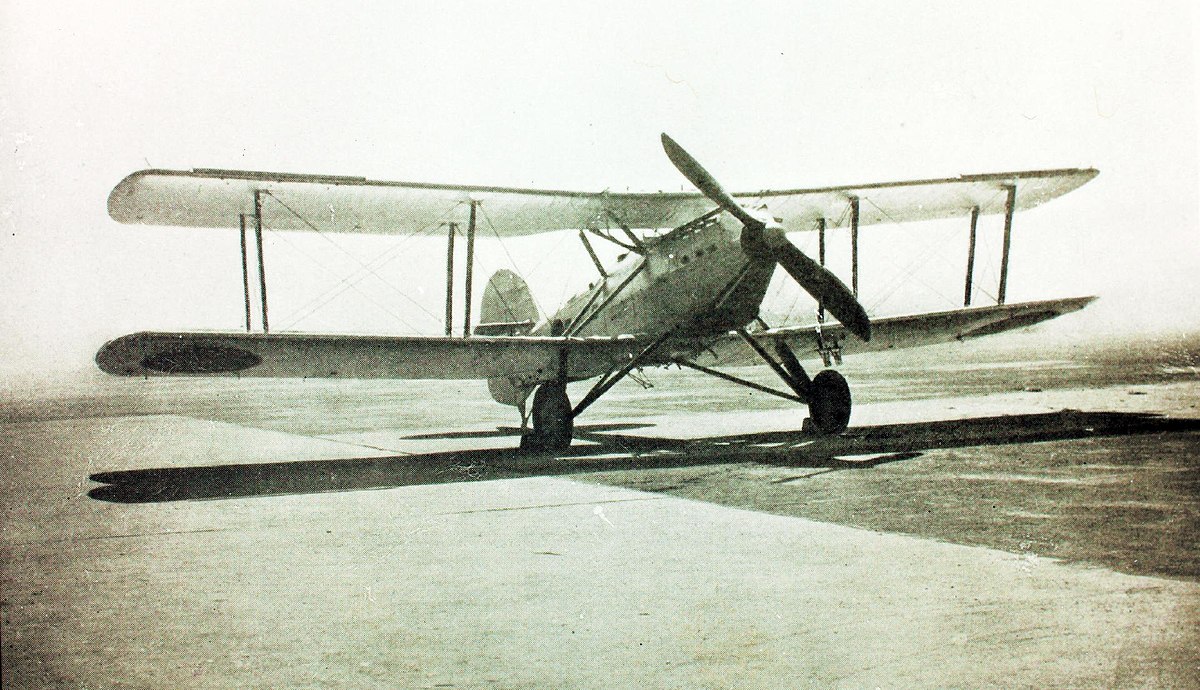Mitsubishi B-9 airfoil aka Blackburn B-9 airfoil seems to have been adopted by many Mitsubishi planes like B2M, G3M, Ki-15 and Ki-51.Shinpachi-san,
Do you have any information the Mitsubishi B-9 airfoil, used on the Ki-51 (and I think the Ki-21)?
Max wing thickness is known 16%.
If this G3M drawing is correct, position looks 30%.






